
10 kinds of meat and how long to store them each in the freezer.
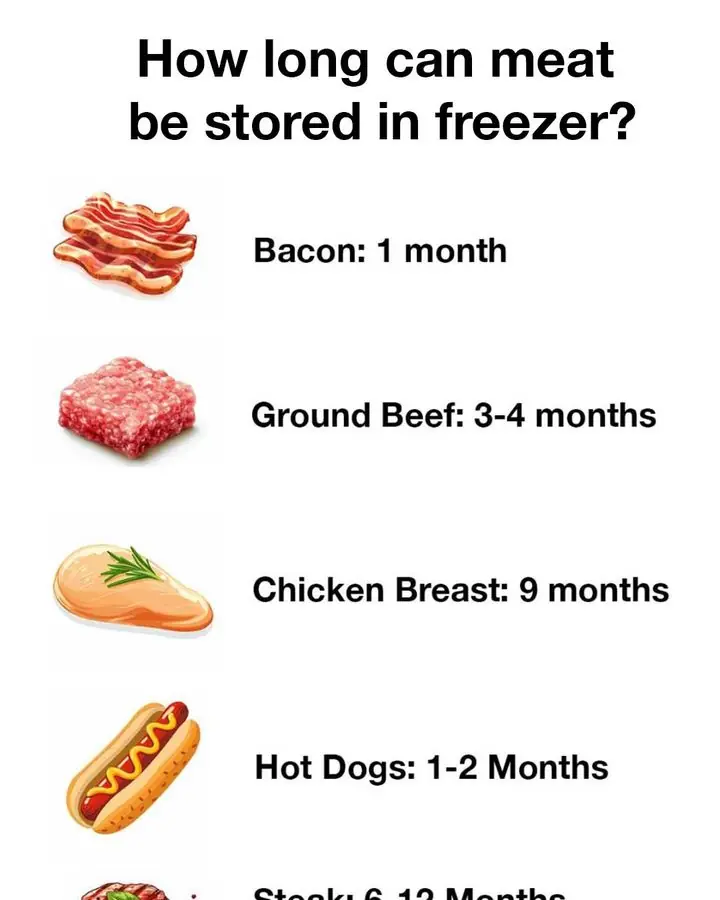
Freezing meat is a smart way to preserve its freshness, flavor, and nutritional value—especially when done correctly. Though frozen foods can remain safe indefinitely at or below 0 °F (–18 °C), the quality tends to deteriorate over time. Below, we've rounded up storage times for 10 common types of meat, plus refrigeration science-backed advice to maximize safety and texture.
Recommended Freezer Storage Times for 10 Types of Meat
Based on USDA and FDA guidelines, as well as reliable culinary sources:
-
Chicken Breast (Poultry Parts) – Up to 9 months. Lean white meat retains texture well when properly wrapped.
-
Whole Chicken or Turkey (Whole Poultry) – Up to 1 year. Best preservation when kept in original packaging within a sealed bag.
-
Ground Beef (and other ground meats) – 3 to 4 months. Flat-pack it for efficient freezing.
-
Bacon – Around 1 month. Fat content makes it more susceptible to quality degradation.
-
Hot Dogs and Lunch Meats – 1 to 2 months. Unopened packages last a bit longer; opened ones should be used sooner.
-
Steak (Beef Chops, Roasts, Steaks) – 6 to 12 months. Vacuum-seal for optimal flavor retention.
-
Pork Chops & Lamb Chops – 4 to 6 months for pork; 6 to 9 months for lamb.
-
Fish Fillets – Lean fish up to 6–8 months, fatty fish 2–3 months.
-
Sausages (Raw or Smoked) – 1 to 2 months, depending on type.
-
Variety Meats (Organ meats like liver, tongue, heart) – Approximately 3 to 4 months.
Expert Tips to Maximize Freezer Performance & Meat Quality
1. Maintain 0 °F for Safety (but Quality Varies)
While freezing stops bacterial growth (making meat safe indefinitely), only use it within recommended durations for the best texture and taste.
2. Prevent Freezer Burn
Air exposure causes freezer burn, which degrades quality. Always use airtight containers or vacuum-sealed packaging to preserve meat's integrity.
3. Thaw Safely
Use the refrigerator or cold-water thawing—never thaw at room temperature.
4. Label and Rotate
Always mark packages with freezing dates. Use older items first and keep the freezer organized.
5. Know When to Discard
If, after thawing, meat smells off, feels slimy, or looks discolored, it's time to discard it—no matter how long it’s been frozen.
Why This Matters
Proper freezer management helps in:
-
Reducing food waste
-
Saving money through bulk buying and meal prep
-
Maintaining food safety and nutritional value
-
Ensuring delicious meals every time by preserving texture and taste
News in the same category


The Story Behind the Tiny Pocket on Your Jeans — And Why It’s Still There

Why Bath Towels Are Essential — More Than Just a Post-Shower Staple

17 Tips on How to Spot a Fake Product

Great hacks every family needs
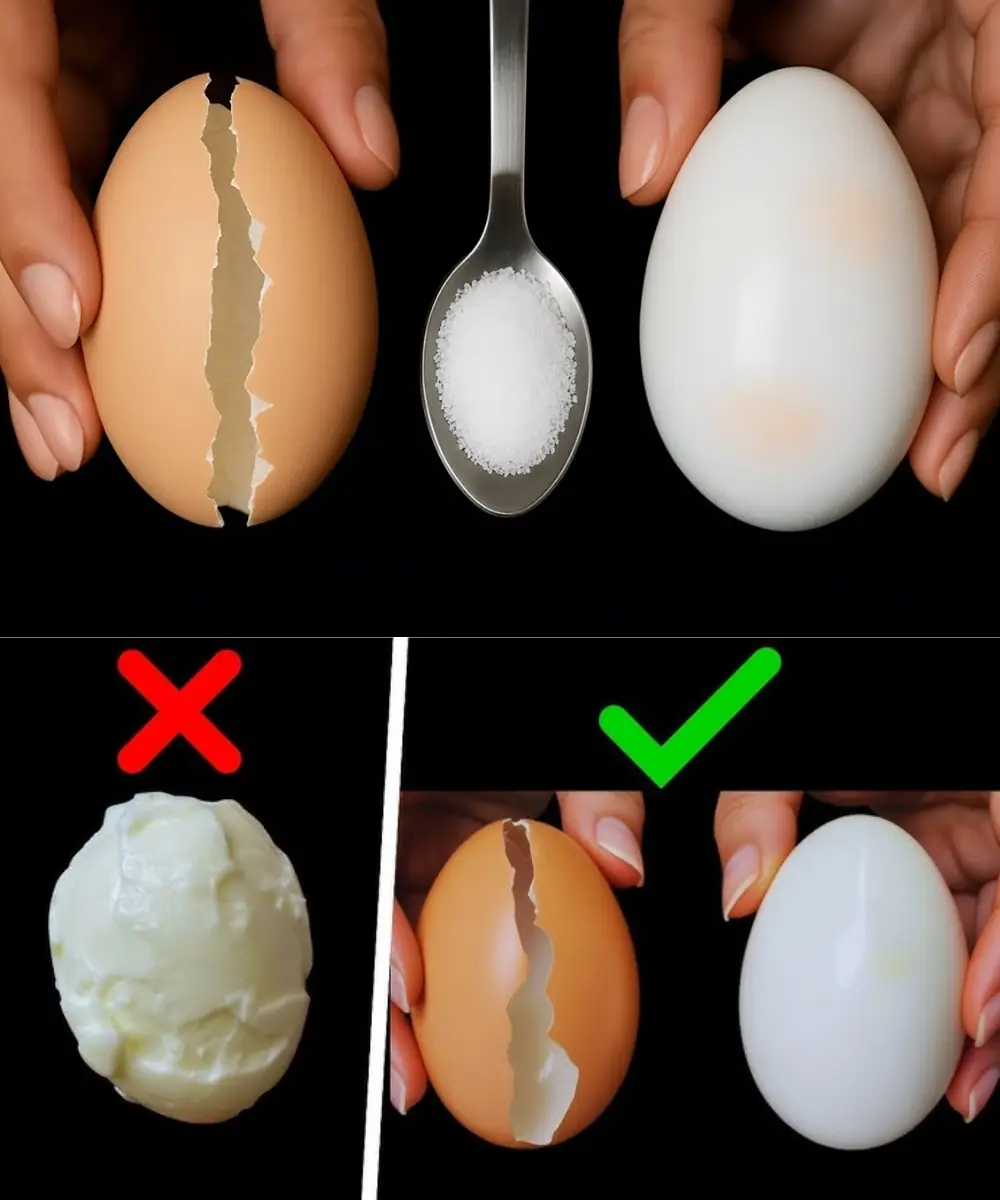
Don’t Boil Eggs Directly In Water — Here’s How FIVE-STAR Hotels Cook Their Eggs!

How to Unclog Stovetop Burners and Make the Flame Stronger with This Fantastic Homemade Trick
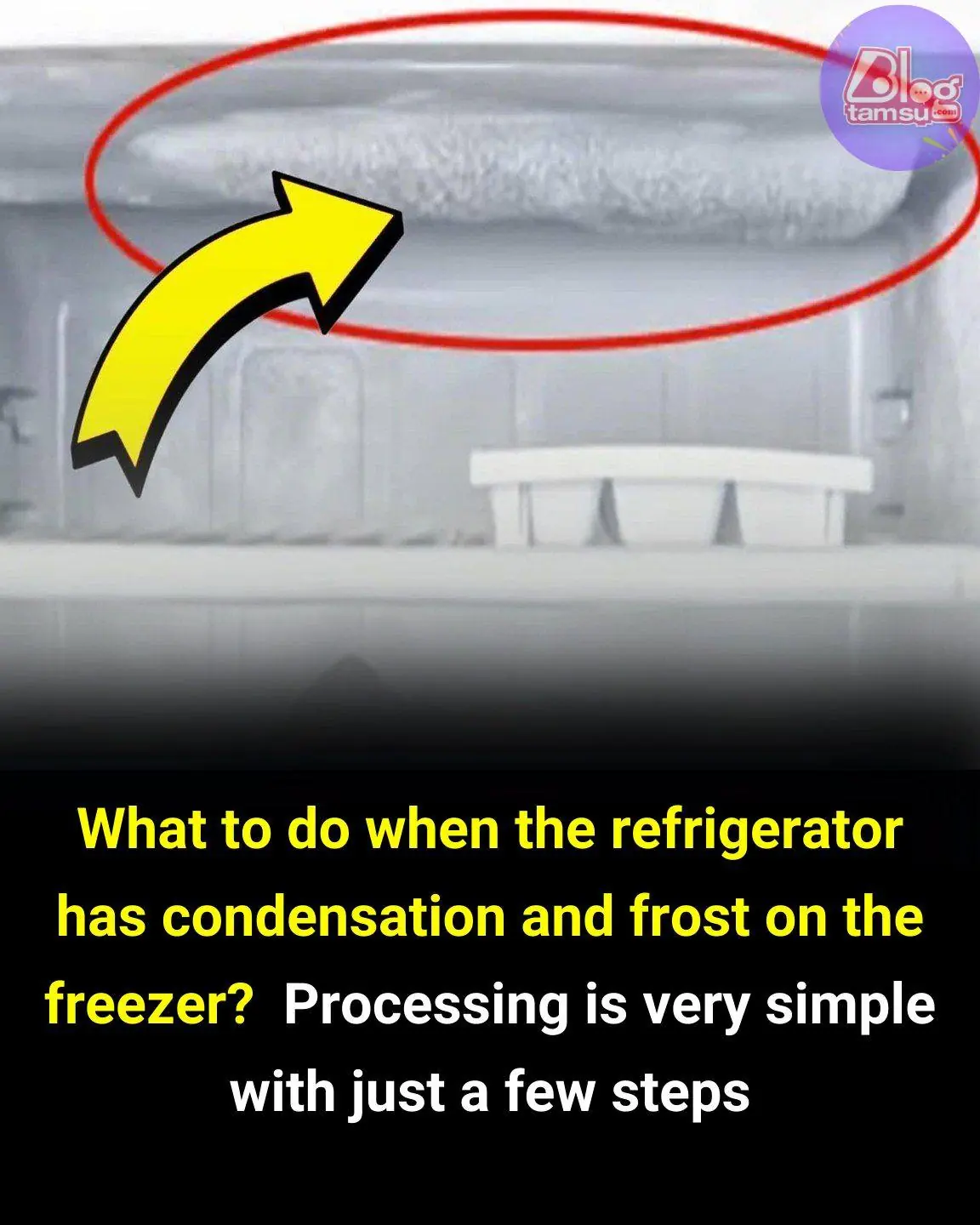
What to Do When Your Refrigerator Has Condensation and Frost in the Freezer
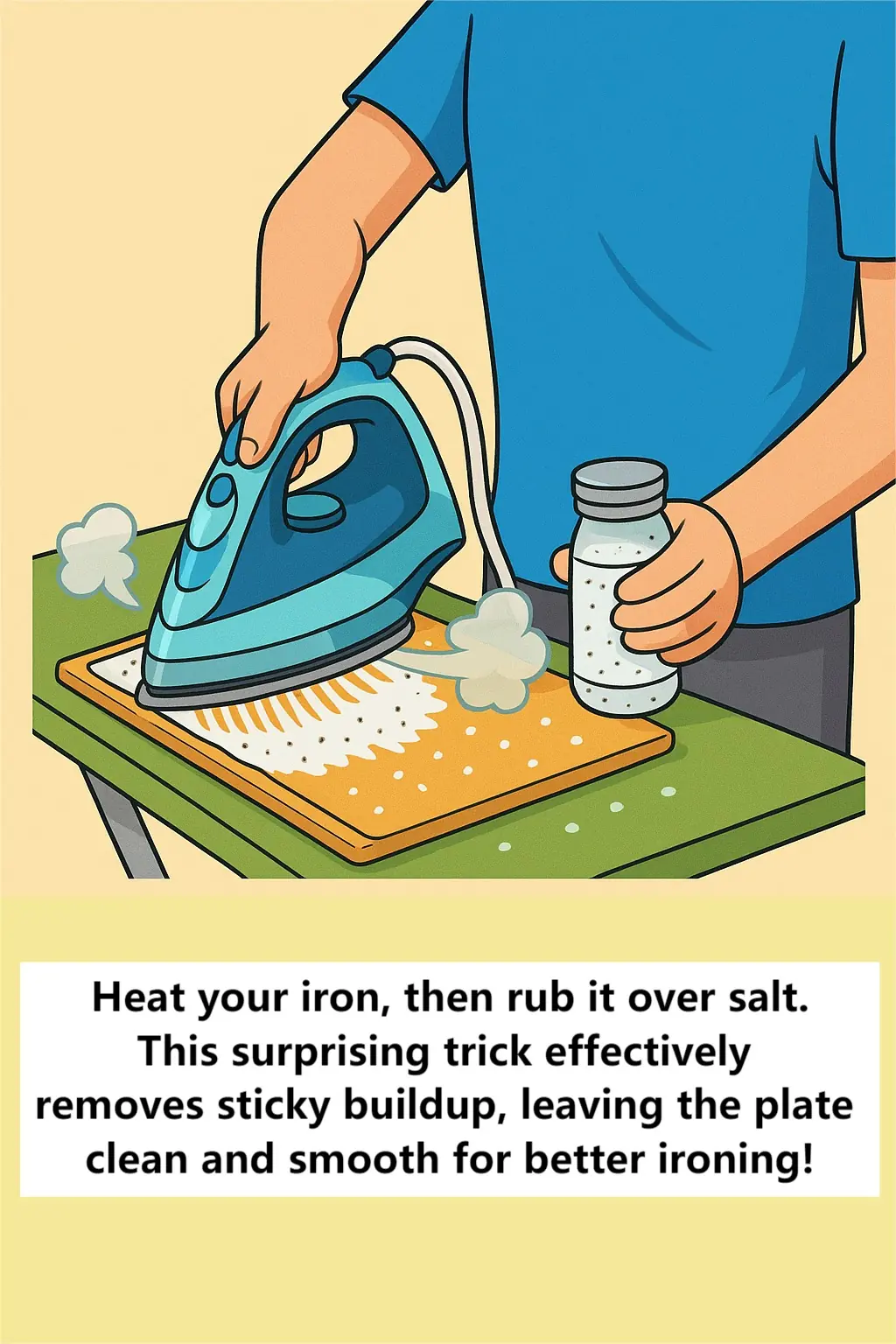
Simple Salt Hack Helps Clean Sticky Irons and Improve Performance

Why You Shouldn’t Sleep Next to a Charging iPhone Thermal Buildup

12 NATURAL HOMEMADE CLEANERS that will clean, sanitize and disinfect everything in our homes
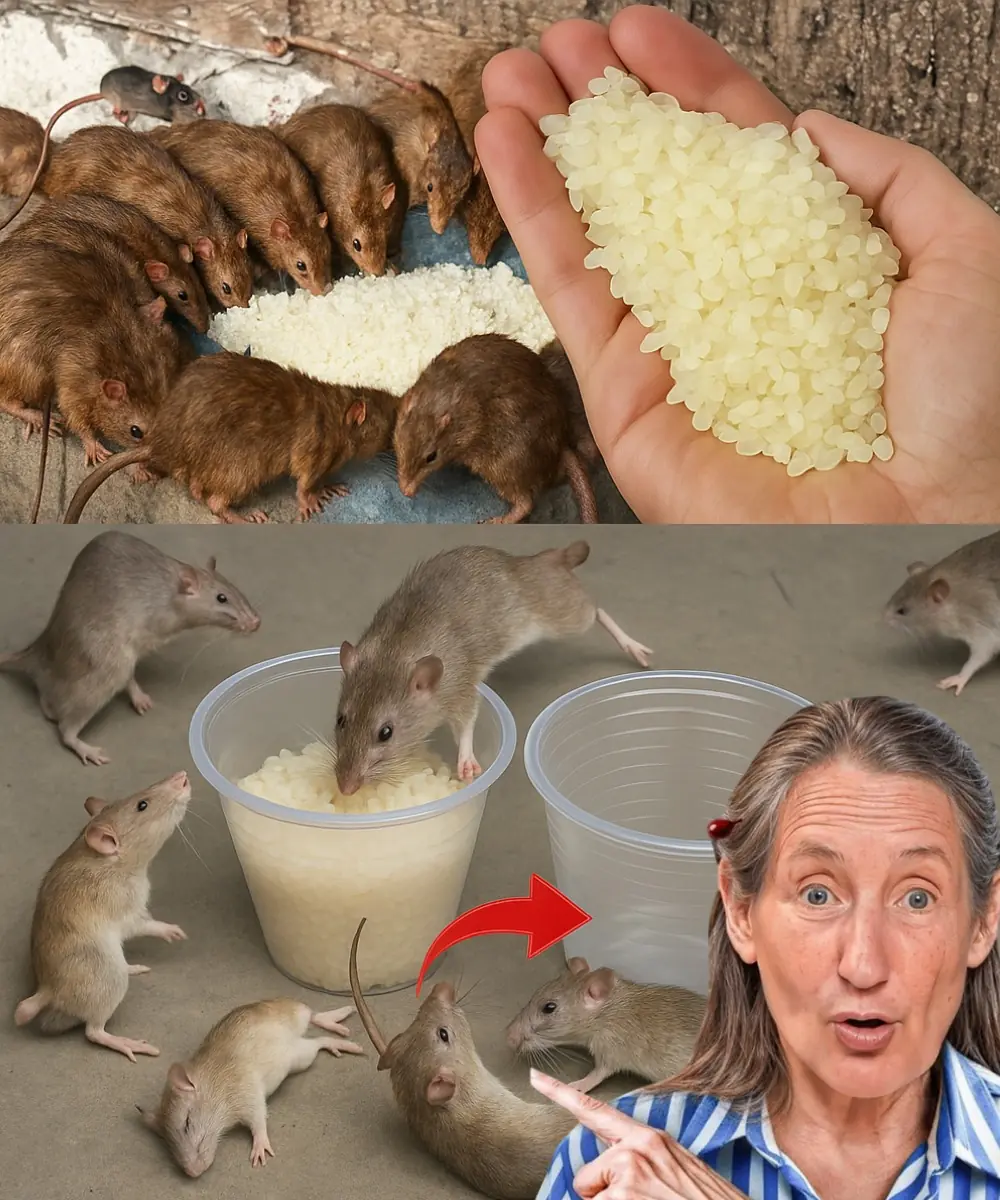
Shocking Kitchen Hack: Eliminate Rats and Cockroaches Forever with This Rice Trick!
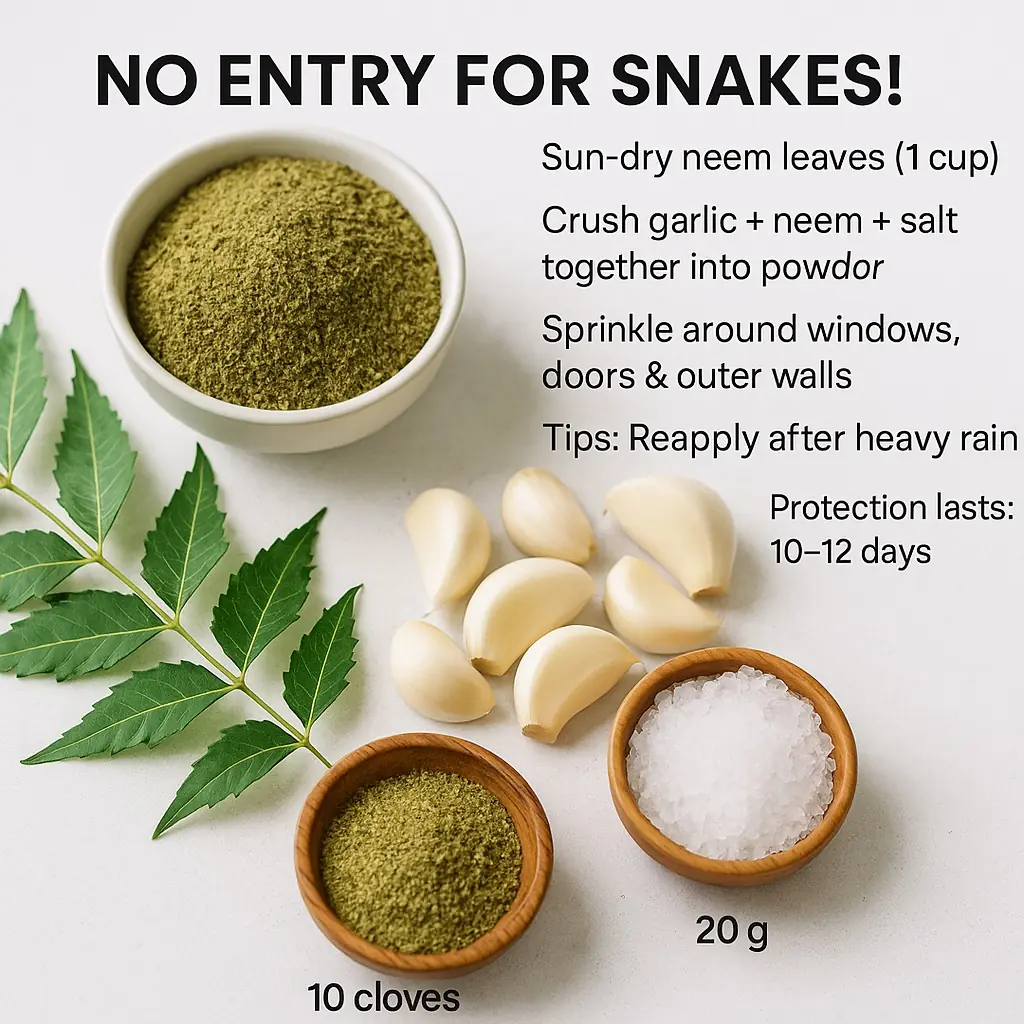
The Natural Snake Repellent That Sends Snakes Running — Safe for You, Deadly for Them 🐍❌
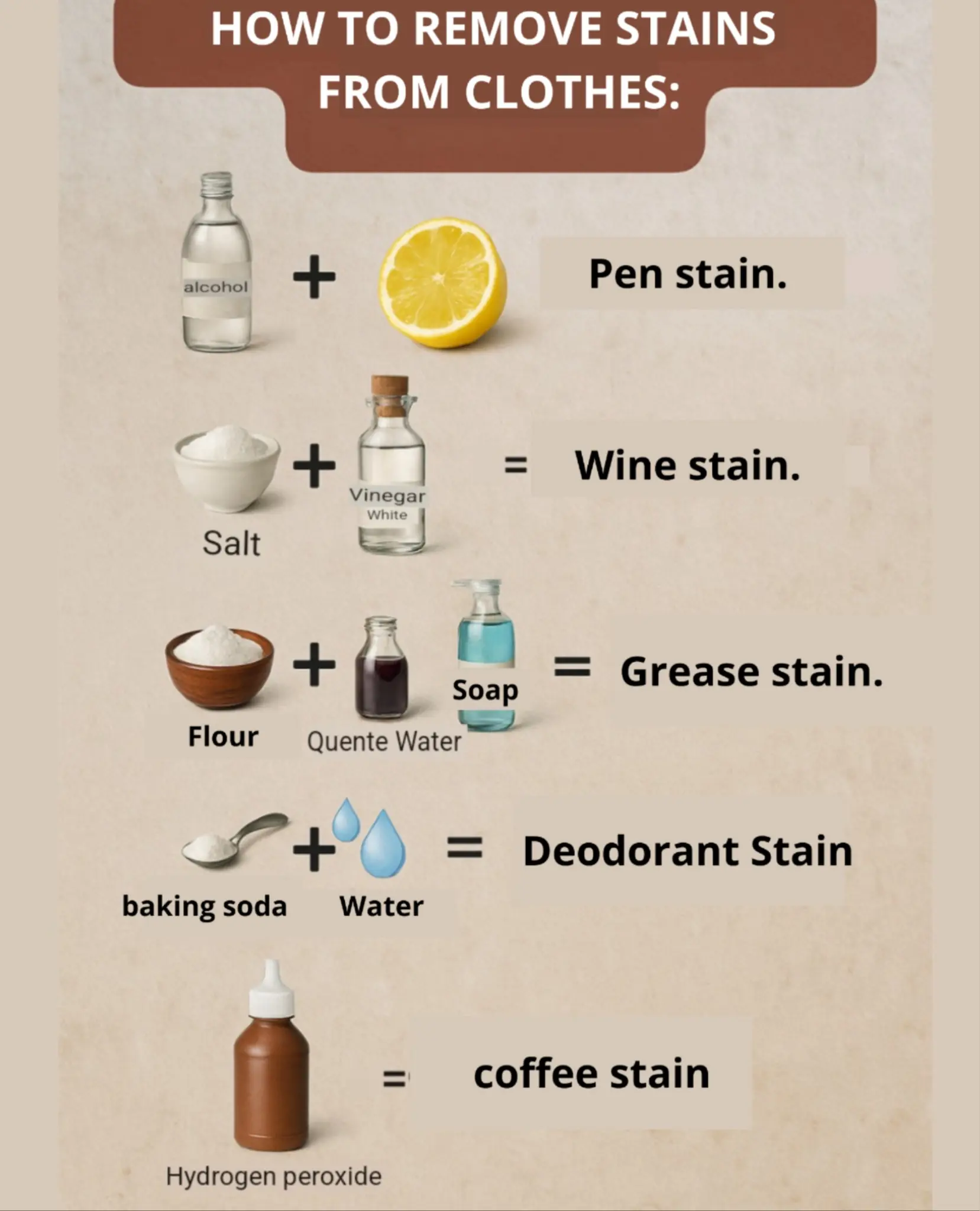
How to Effectively Remove Stains from Clothes: Simple Home Remedies That Work

How to Transform Banana Peels into Powerful Homemade Fertilizer In Just 5 Steps

Natural Pest Control with Baking Soda & Vinegar

How To Properly Dispose of Ticks
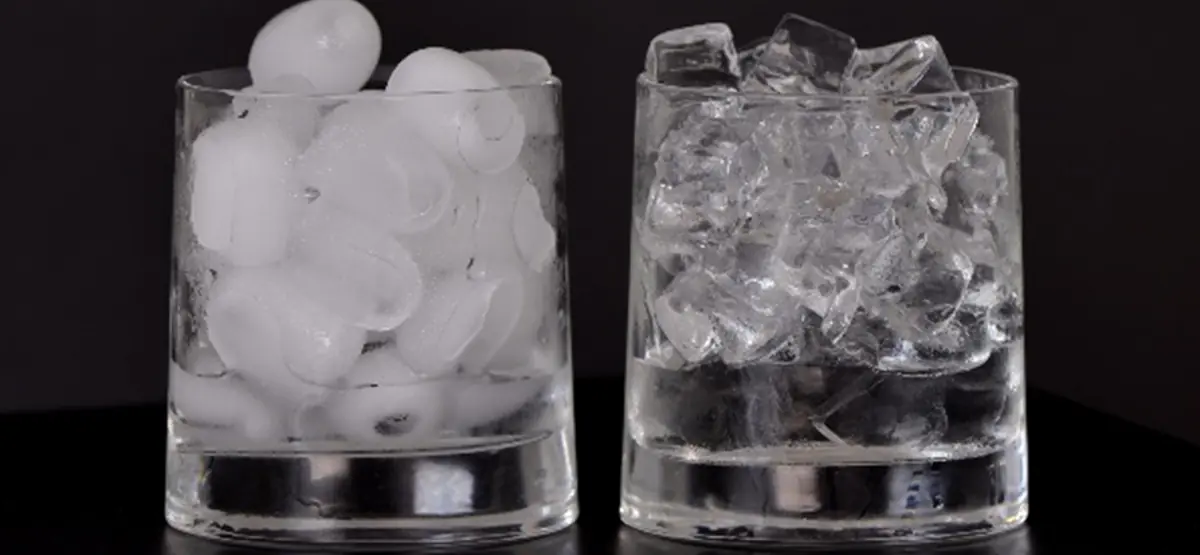
Clear vs. Cloudy Ice: Why It Happens and How to Make Crystal-Clear Ice at Home
20 Household Cleaning Products You Should Never Mix Together
News Post

WHAT HAPPENS WHEN WE TONGUE KISS…See more

Nature’s Secret: 4 Healing Leaves That Support Metabolism, Immunity & Circulation Naturally

Don’t Drink Coconut Water Before You Know These 11 Secrets!

Pumpkin Seed Milk — The Natural Parasite Cleanser
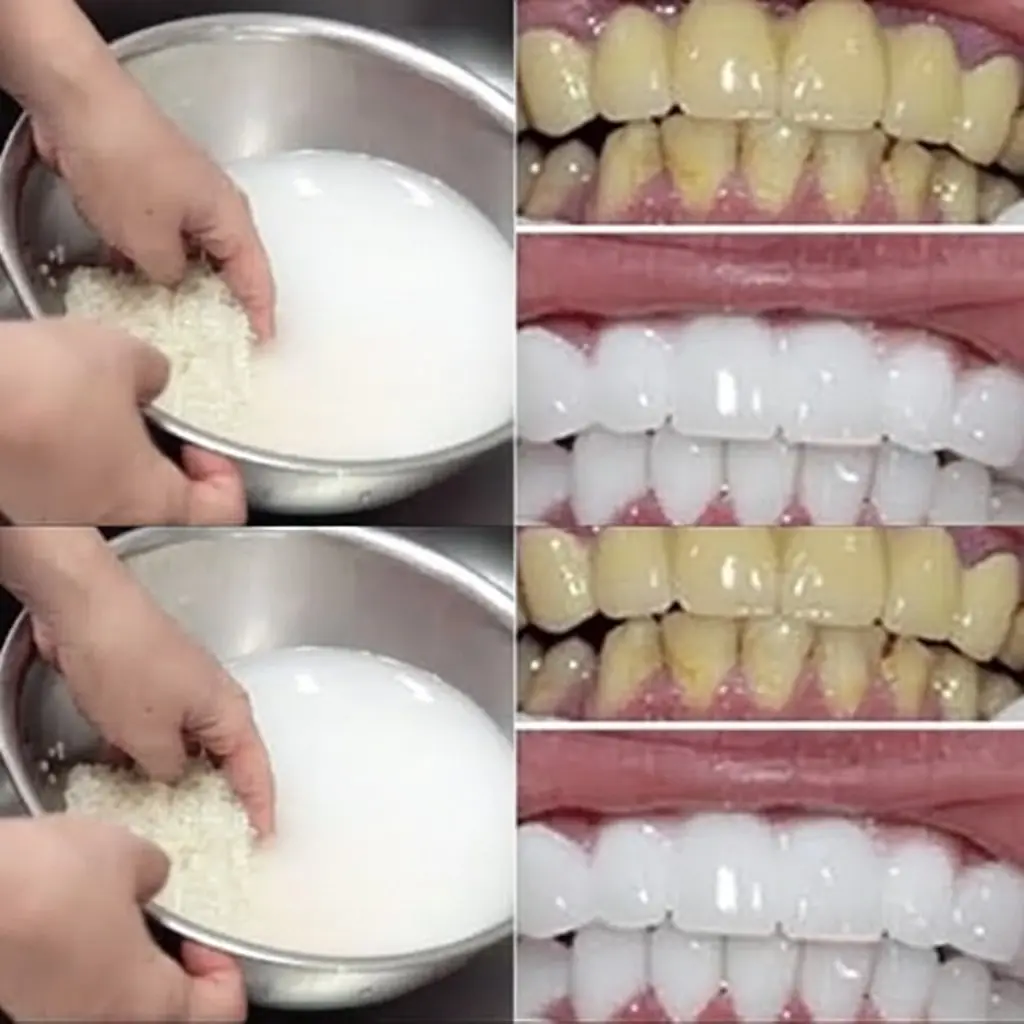
Fast Rice Water Trick for a Brighter Smile

Morning Drink to Revive Your Kidneys Fast
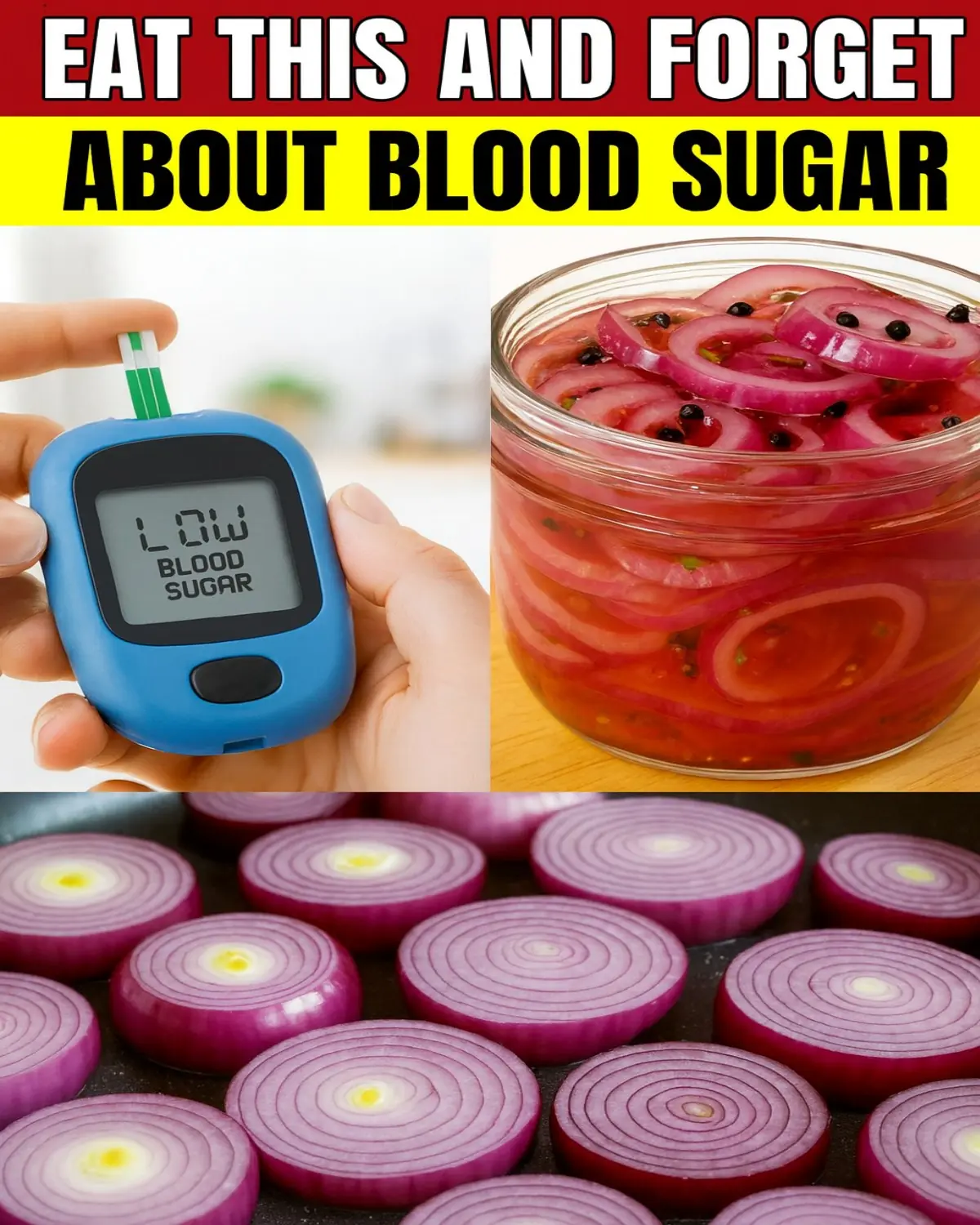
The Onion Recipe That Could Transform Your Blood Sugar, Support Cleaner Arteries, and Protect Your Heart!

Top 4 Fruits That Help Your Kidneys Flush Out Toxins While You Sleep

Ginger, Clove, and Honey: The Natural Trio Your Body Will Thank You For

Heal 15 Years of Joint Pain Naturally with Turmeric and Honey Tea

This Juice Revived My Grandma’s Energy — Say Goodbye to Fatigue and Body Pain with This Natural Recipe

The Benefits of Eating 2 Boiled Eggs Every Morning: Transform Your Health!

If Your Kidneys Are in Danger, Your Body Will Send You These 8 Signals — Don’t Ignore Them

The Surprising Effects of Avocado on Your Heart and Brain

Ways to Get Over a Man Who Didn’t Value You

I’m 66 but Look 36 — My Secret? Aloe Vera & Ginger for Firm, Smooth Skin

How to Make Okra Water to Treat 17 Health Problems Naturally

Banana and Egg Mask to Look Younger Even in Your 80s

Scent Leaf Secrets Unveiled: 10 Surprising Health Benefits of This Miracle Herb
